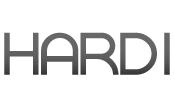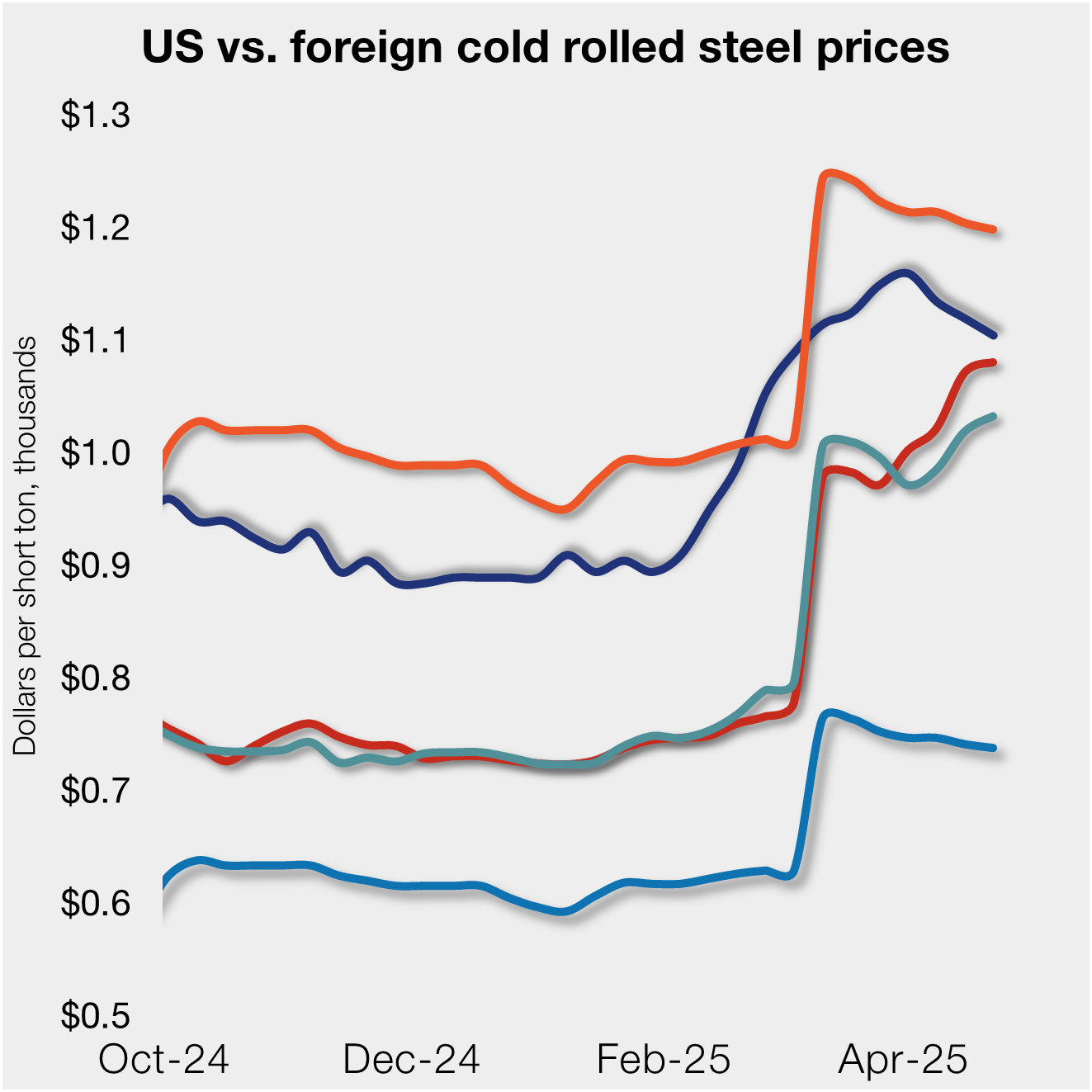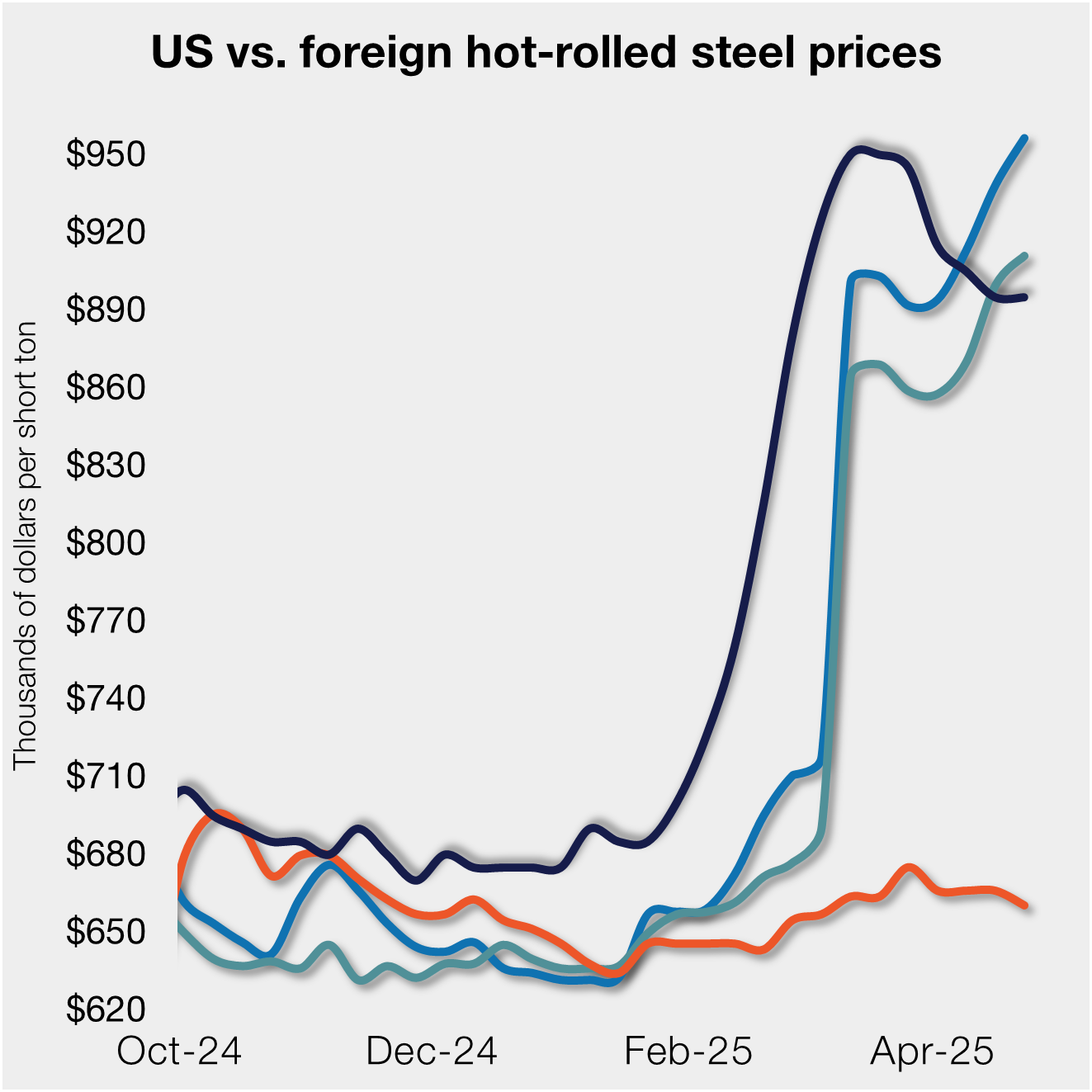Steel Products

HARDI: What If the President Pulls the Tariffs?
Written by Tim Triplett
May 15, 2018
Demand remains strong in the HVAC sector despite the high steel prices, but distributors share an uncomfortable feeling that the favorable conditions may not last. “Business is good, and prices are high, but they are going to fall. When is anyone’s guess. You just have to try to protect yourself and have the least amount of inventory on the floor when it happens,” said one member of the Heating, Air-conditioning and Refrigeration Distributors International (HARDI) during the trade group’s monthly conference call on Tuesday.
![]() The main source of concern for HARDI members is all the conflict on the trade front. “The biggest factor haunting the market is President Trump and the tariffs,” said one executive. “What will happen with Canada, Mexico and Europe? There is a lot of uncertainty in the market right now.” Added another: “The market fundamentals are not supporting the high steel prices, it’s the tariffs. If they are pulled, the price would drop instantly.”
The main source of concern for HARDI members is all the conflict on the trade front. “The biggest factor haunting the market is President Trump and the tariffs,” said one executive. “What will happen with Canada, Mexico and Europe? There is a lot of uncertainty in the market right now.” Added another: “The market fundamentals are not supporting the high steel prices, it’s the tariffs. If they are pulled, the price would drop instantly.”
The Section 232 tariffs of 25 percent that took effect June 1, and the debate leading up to them, have already affected steel imports into the United States, reported John Packard, publisher of Steel Market Update. Imports of galvanized steel used by the HVAC industry declined by 11 percent in the first five months of the year. May galvanized imports totaled about 257,000 tons and June is trending down around 242,000 tons, about 50,000 tons less than normal.
Domestic hot rolled prices are far in excess of foreign steel prices, Packard said, pointing to the current $686 per ton CRU price for hot rolled steel from Germany, $649 from Italy and $641 from the Far East. But add the Trump administration’s 25 percent tariff to those prices and the spread is no longer wide enough to make foreign steel attractive to most U.S. buyers.
With less competition from foreign imports, prices in the U.S. could be expected to rise. But there is a disconnect between hot rolled and galvanized pricing, said Packard. Hot rolled has increased, but galvanized has traded sideways. The average base price of galvanized steel is around $50/cwt ($1,000 a ton plus extras) today, while hot rolled is at $910. “My gut feel is that HR prices should be peaking soon,” Packard said.
He noted that the price of zinc has dropped to around $1.15 a pound from more than $1.60 earlier in the year, but he does not expect the mills to adjust their coating extras anytime soon. “One mill told SMU they would need to see this trend for a couple months before they would consider a change in prices,” he said.
All but one of the HARDI wholesalers reported strong demand in their section of the country. However, most of those jobs were quoted months, if not years, earlier. Prospects for 2019 are less certain. Other HARDI members reported concerns with accounts receivable and freight. Some customers are taking longer to pay as they feel the effects of the high steel prices. “Business is certainly good, but collections are extending a bit,” said one executive.
Freight has become a huge problem, reported another source. “I have seen a 30 percent increase in what flatbeds are charging. It’s not really justified by their costs, it’s just a matter of who is willing to pay the most. Even outbound freight has become a big issue,” he said, commenting on the industrywide driver shortage. Maintaining profitability is a challenge as transportation prices escalate, agreed another distributor. “We’re trying not to decrease our margins by covering freight.”
Steel Market Update participates in a monthly steel conference call hosted by HARDI. The call is dedicated to a better understanding of the galvanized steel market. The participants are HARDI member companies who are wholesalers, service centers and manufacturing companies that either buy or sell galvanized sheet products used in the HVAC industry.

Tim Triplett
Read more from Tim TriplettLatest in Steel Products

US rig count up, Canada declines
Oil and gas drilling activity was mixed this week, according to Baker Hughes. US rig counts expanded for a second straight week, while Canadian activity continued its seasonal slowdown of eight consecutive weeks.

US, offshore CRC prices continue to diverge
US cold-rolled (CR) coil prices declined again this week, slipping for a third straight week. Most offshore markets did the opposite, moving higher this week.

S232 lifts EU HR price over US, Asian HR still well behind
Domestic hot-rolled coil prices were flat this week after dropping for four straight weeks. Most offshore markets bucked the trend and gained ground.

SMU Steel Demand Index dips into contraction
SMU’s Steel Demand Index has moved into contraction, according to late April indicators. The slowdown comes in response to growing tariff uncertainty after the index reached a four-year high in late February.

Nucor selects Fives Group for new galv line at CSI
Nucor Corp. has tapped Fives Group as its partner in designing and manufacturing the new continuous galvanizing line being added at its California Steel Industries (CSI) joint venture in Fontana, Calif.
